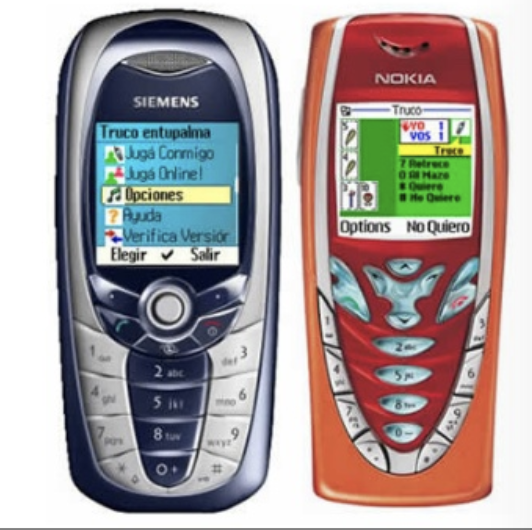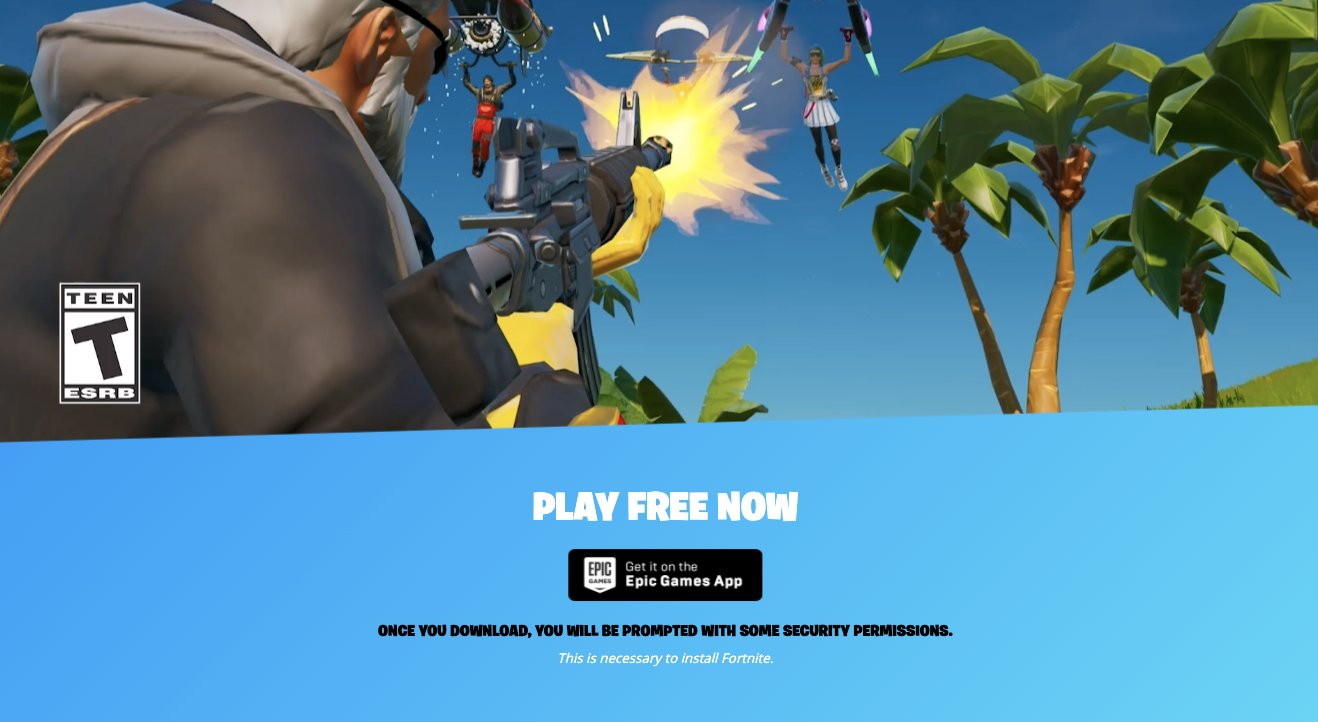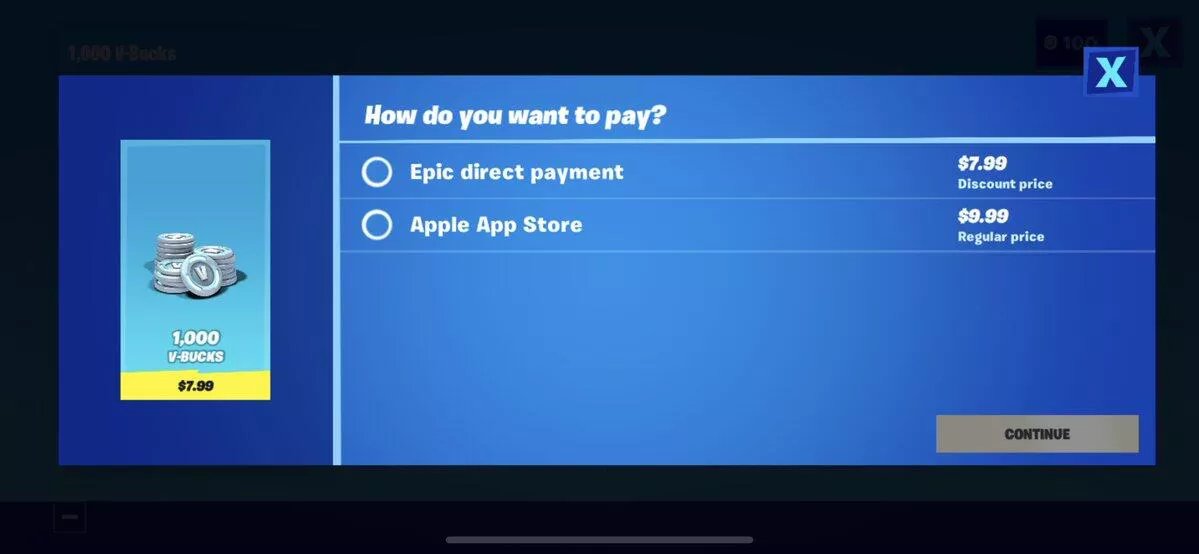App stores' revenue share history
17 years of stores' cuts with my own experience distributing mobile apps
This is a Note: a sometimes short, sometimes incomplete, living document.
Sponsored by you: PayPal donation, or buying me a coffee.
2003-2008: Pre-Apple Mobile Business - 95% cut #
App stores' cut was around 80-95%. You read right! I had a Java game then. Users were paying $1 with carrier bill, I was getting $0.05-$0.12, paid 6 months later, with no analytics. Dev business was actually terrible. Only big companies, such as Gameloft, could afford that market.

The cut was distributed between the carrier, the "store" (known as portal at that time), sometimes the media where it was published, and other middle companies.
I had contracts with many of them, including one from Ericsson.
2008: AppStore shaked the market - 30% cut #
Apple created the AppStore with Steve Jobs as CEO. The cut was "just" 30%, they charged with a credit card and no carrier billing. We were all quite happy with the change. Developer companies exploded and the ecosystem started. 70% of the cut now was really good!
2008-2010: Clones - 30% cut #
Other stores copied the model after seeing it was working. Ovi Store (Nokia), BlackBerry Store, Android Market (now Google Play Store). Some stores tried different systems and cuts, such as 50% if they were using Carrier Billing instead of a credit card.
2011: Freemium - $0, then 30% cut #
Apple created the in-app purchase system (first for magazines, newspapers, and other content, later for apps). The cut was still 30%. But now the app can be "free" and charge for content inside. The freemium model appeared on mobile apps. Google Play Store and other still surviving apps cloned this business model.
Apple made clear that from that moment if you have an app and you sell digital content or services to consume within the app you MUST use their system and not any other method of payment. Some systems solve the issue by accepting in-app payments but also from the website.
At first, Google Play Store was not forcing apps to use the system, but after some years, it became mandatory as with Apple's store.
That's when some companies such as Financial Times got out of the App Store. They were already having subscribers by credit card and they didn't want to share 30% with Apple now.
Apple pays today affiliates 2.5% for these purchases on some situations (it was 7% up to 2017)
2014: Free or not free? #
A legal fight in Europe forced Apple to change "free" to "get" in the App Store for apps including in-app purchases
2017: Please Amazon, we need you - 30% cut, after a year 15% cut #
After negotiation with Amazon to include Amazon Prime Video app in iOS, subscription cut drops from 30% to 15% after the first year on some apps. Amazon didn't want to pay 30%. Emails about this negotiation appeared lately in the US Congress hearing
2018: Epic Games defies Android 30% cut #

Epic Games launched Fortnite for Android with its own store outside of the official one, suggesting users to disable phone's security to install their APK.
2020: CoronaStore - The future is open #
Because of COVID-19 many apps without digital content (such as gym finders or AirBnB) started virtual experiences from the app. Apple contacted them asking for the 30% cut, they have a deadline to match the requirements or they'll be kicked off.

At the same time this year, many movements appeared at the same time:
- US congress antitrust hearing for tech companies
- Hey app complaining about App Store rules
- Microsoft dropping plans for xCloud app
- Epic Games *#freefortnite movement starting a legal fight against the AppStore.
It seems the year of changes. Now or never?
If you liked this newsletter and the content in this website, you can support me by a PayPal donation, or buying me a coffee. Thanks!

 This note is mantained by Maximiliano Firtman
This note is mantained by Maximiliano Firtman